Industry Applications
Medical and Healthcare Drones


Medical and healthcare drones, also known as medical drones or medical delivery drones, are unmanned aerial vehicles (UAVs) used in the healthcare industry to transport medical supplies, provide emergency medical assistance, and improve healthcare access in various settings. These drones are equipped with specialized containers and equipment to ensure the safe and efficient transport of medical payloads. Medical and healthcare drones play a critical role in improving healthcare infrastructure, reducing response times during emergencies, and extending medical services to underserved populations. They can be particularly valuable in situations where traditional transportation methods are limited, costly, or time-consuming.
Common Applications
Here are details about medical and healthcare drones and their common applications:
Zipline:
Zipline operates medical delivery drones in several countries, primarily in Africa.
Applications:
- Blood and medical supply delivery: Transport essential medical supplies, including blood, vaccines, and medications, to remote and underserved areas.
- Emergency response: Provide rapid medical support during emergencies, such as accidents or disease outbreaks.
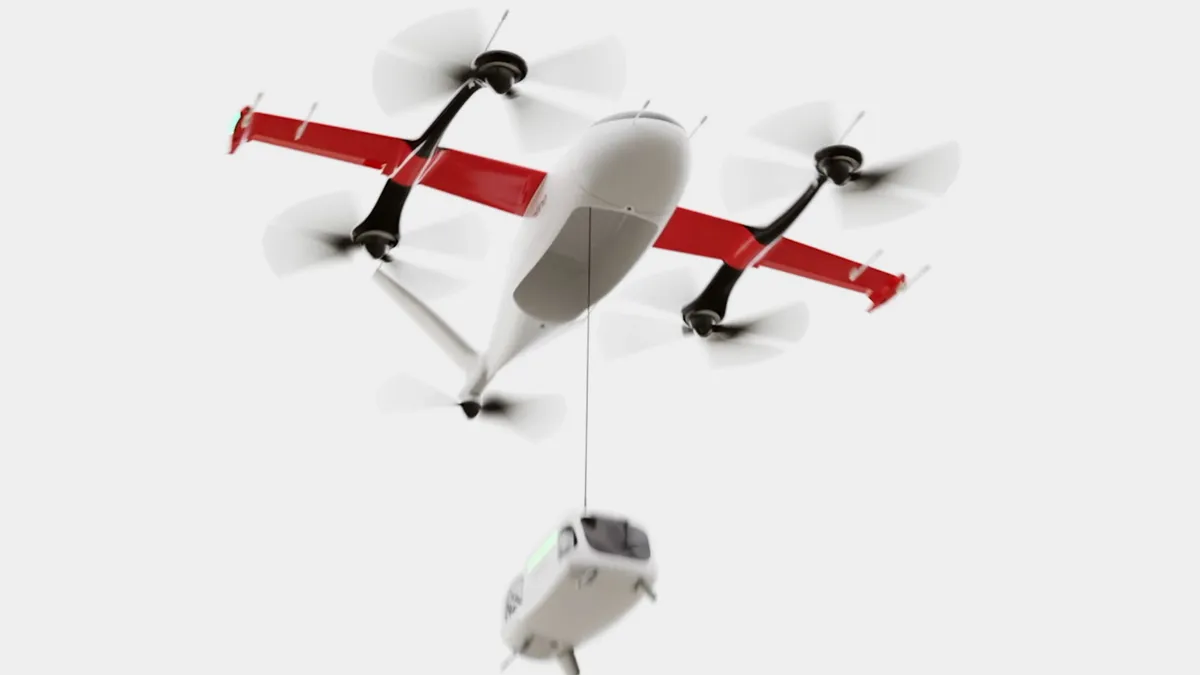
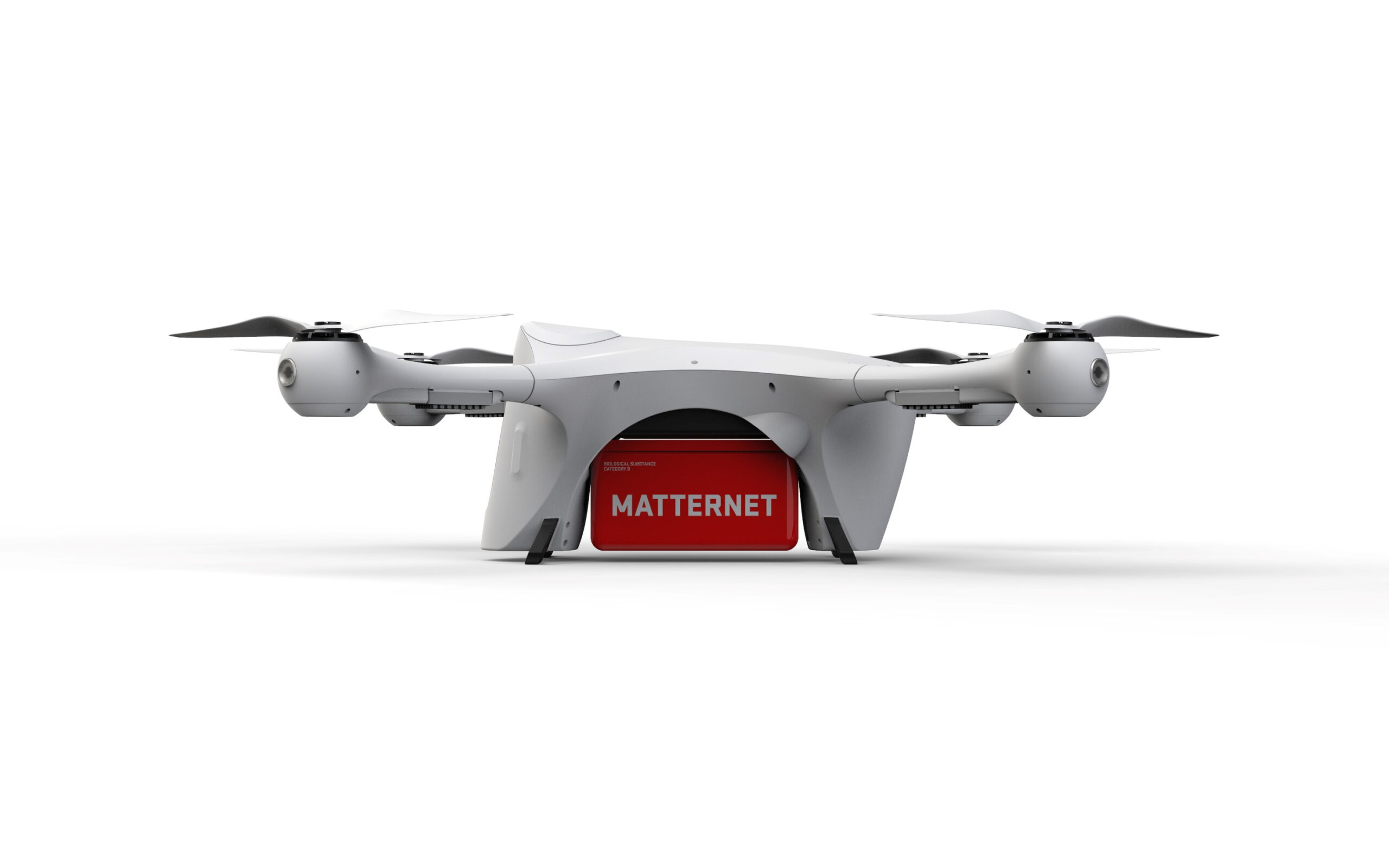
Matternet:
Matternet specializes in medical delivery drone systems for healthcare organizations.
Applications:
- Hospital supply chain management: Transport medical samples, lab specimens, and pharmaceuticals between hospitals and clinics.
- Organ transport: Transport organs for transplantation quickly and safely.
Delft Hyperloop:
Delft Hyperloop, a student team from the Delft University of Technology, developed the Ambulance Drone.
Applications:
- Emergency medical assistance: Deliver automated external defibrillators (AEDs) to cardiac arrest patients in remote locations for immediate life-saving support.
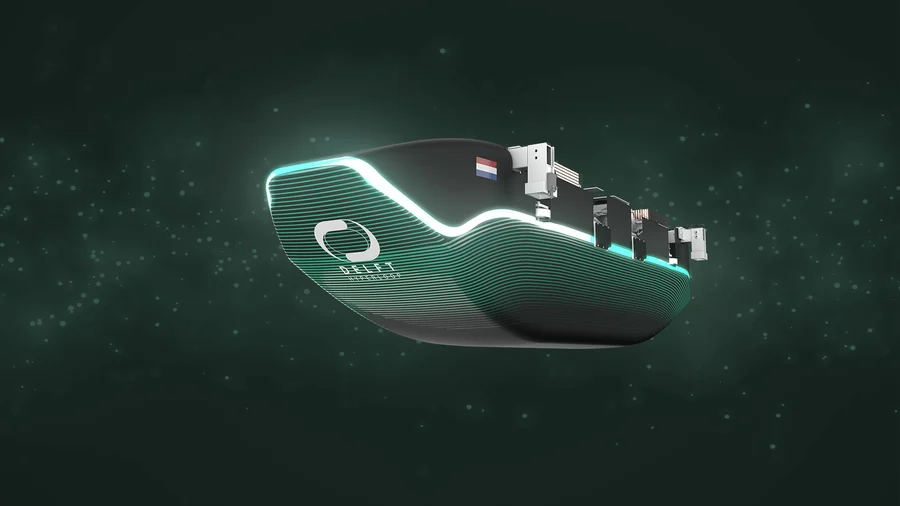
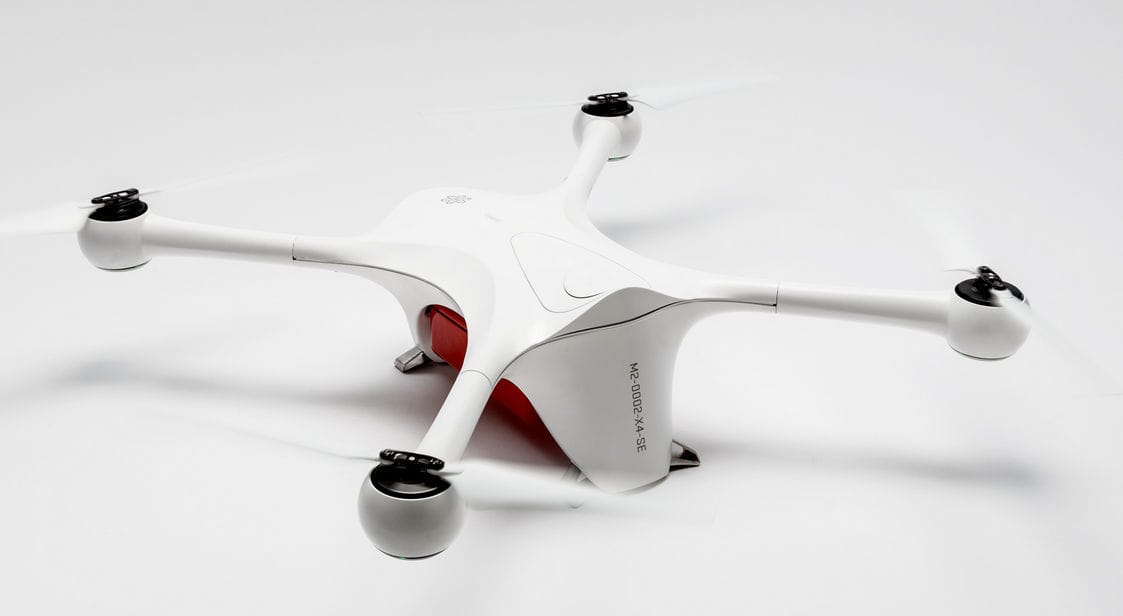
Matternet M2 Drone:
The Matternet M2 drone is designed for healthcare logistics.
Applications:
- Healthcare supply chain: Streamline the delivery of pharmaceuticals and medical equipment within hospital systems.
- Clinical trials: Transport samples and materials for clinical trials.
Wingcopter:
Wingcopter’s delivery drones can be adapted for medical supply transport.
Applications:
- Disaster relief: Deliver medical supplies to disaster-stricken areas quickly and efficiently.
- Remote healthcare access: Enhance access to healthcare in isolated communities.
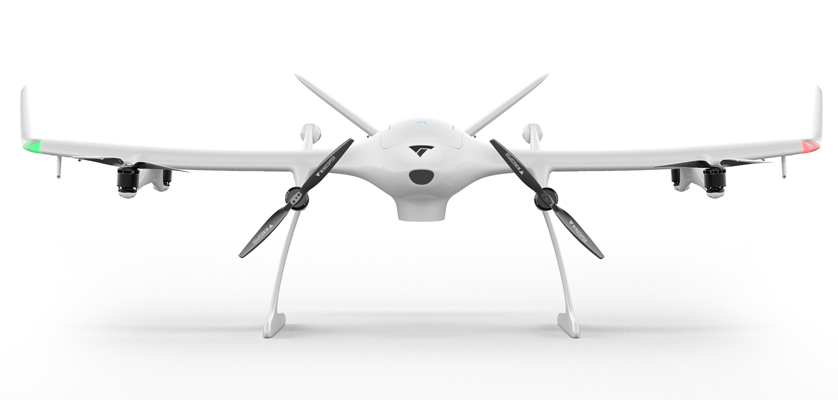
Common Applications for Medical and Healthcare Drones:
- Medical Supply Delivery: Transport medications, vaccines, blood products, and medical equipment to remote or inaccessible areas.
- Emergency Response: Provide rapid medical assistance and supplies to accident sites, disaster-stricken areas, or remote communities.
- Organ Transport: Transport organs for transplantation, ensuring timely delivery and preserving organ viability.
- Hospital Logistics: Optimize hospital supply chains by efficiently moving medical samples and supplies between facilities.
- Remote Healthcare Access: Improve healthcare access for individuals living in isolated or underserved regions.
- Clinical Trials: Transport clinical trial materials, samples, and medications to support research and drug development.
